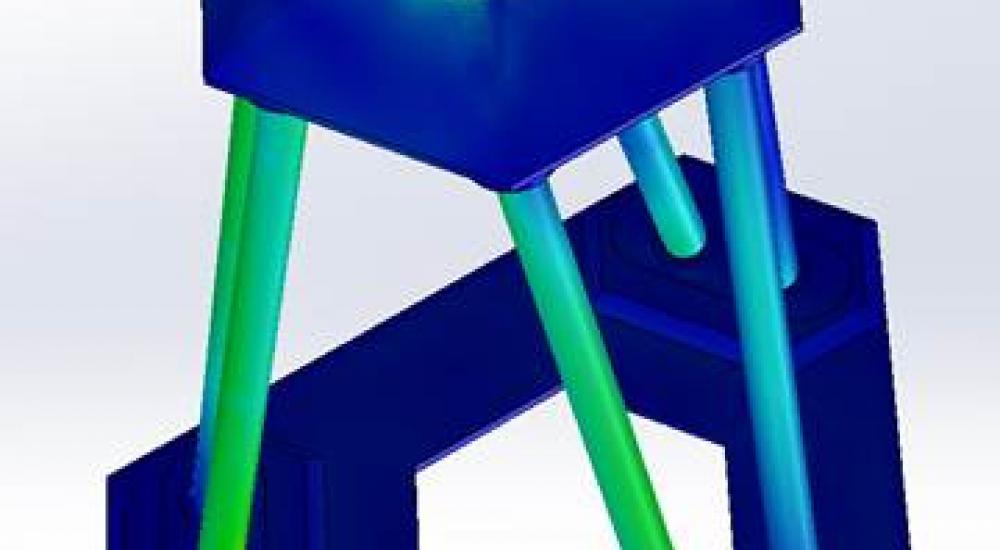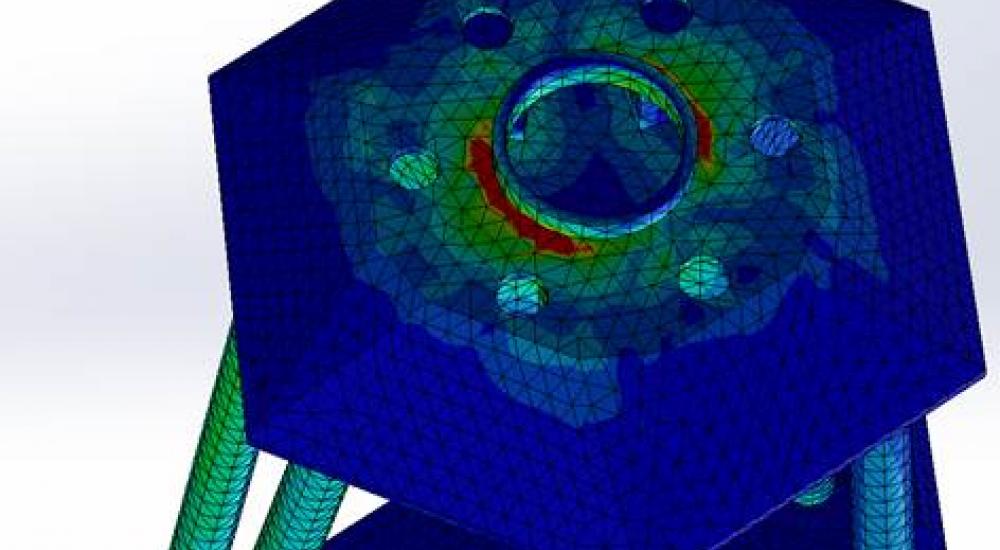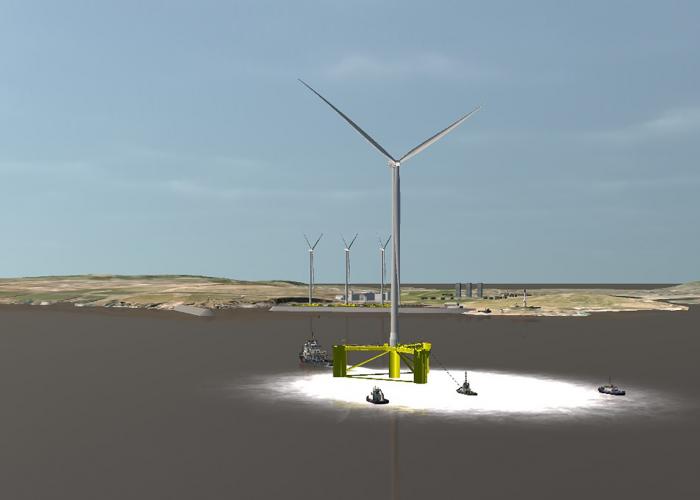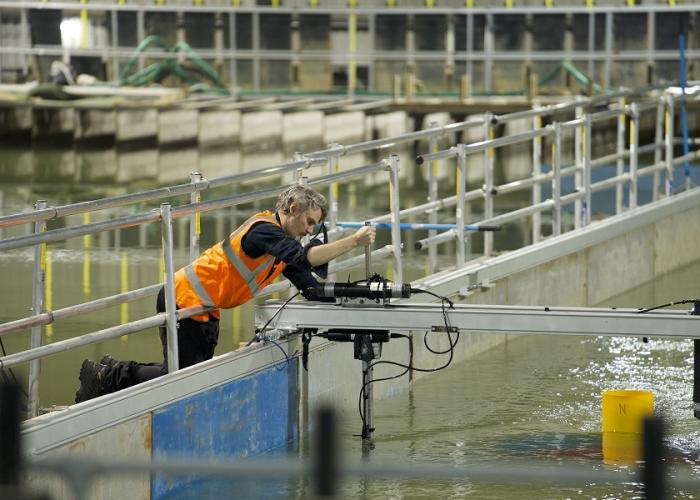Putting a revolutionary new offshore wind farm foundation to the test
Hydraulic engineering and offshore renewable energy specialist, HR Wallingford, is conducting extensive physical model testing for a potentially revolutionary new offshore wind foundation known as the Gravity Tripod. The company is working with Offshore Design Engineering (ODE), DNV-GL, Cambridge University and the Offshore Renewable Energy (ORE) Catapult to test and certify the new offshore wind foundation concept designed by Offshore Wind Logistics and Construction (OWLC).
The gravity tripod

The Gravity Tripod designed by Offshore Wind Logistics and Construction (OWLC).

The Gravity Tripod designed by Offshore Wind Logistics and Construction (OWLC).
As of March 2019, the UK had almost 2000 offshore wind turbines with over 7.8 GW of power generation capacity, which the National Grid “Future Energy Scenarios” predict could rise to almost 30 GW by 2030. Construction of offshore wind is accelerating, and moving into deeper water, where traditional construction methods of hammering monopiles into the seabed are becoming more and more expensive. In combination with an increasingly competitive energy market - since comparison sites make it easier to switch suppliers - new and innovative foundation solutions are needed to keep costs down. This is where the Gravity Tripod comes in.
Funded by the Department for Business, Energy and Industrial Strategy (BEIS), a wide-ranging team of renewables experts are taking the Gravity Tripod foundation though a series of stages, with certification from DNV, in preparation for demonstration of the design with an prototype structure. Design work and optimisation will be undertaken by ODE, with testing of the physical components conducted by ORE Catapult. Cambridge University will conduct geotechnical sediment modelling, looking at the interaction between the structure and sea bed. HR Wallingford will conduct extensive physical model testing to investigate the loads applied to the structure during installation, those caused by exposure to large waves once the foundation is in place, and to determine the amount of erosion (scour) that may develop around the base of the structure if left unprotected.
Dr David Todd, Business Development Manager for Research at HR Wallingford, said: “We are looking forward to working with OWLC on this exciting new foundation concept. The foundation will be subjected to rigorous physical testing in the Fast Flow Facility, a unique wave-current-sediment flume designed for the offshore wind market, making it the ideal location for installation, survival and scour testing of offshore wind foundations.”
Matt Bleasdale, Director of OWLC, said: “The Gravity Tripod is a unique structure combining the best aspects of other foundation concepts into one low cost solution. It requires no piling, is low drag, low scour, and installed with minimal seabed intervention. The structure is able to accommodate turbines from 3 to 16 MWs, and, having been designed for low bearing pressures, is capable of accommodating a wider range of seabed types, with less seabed preparation, than other gravity base designs.
“The UK is leading the world in the development of offshore wind technology. HR Wallingford is a world-leading organisation in physical modelling, scour evaluation and scour protection design, and forms part of a team of world class expertise helping us deliver this project, which we believe will create real cost savings within the industry.”
Want to know more?


